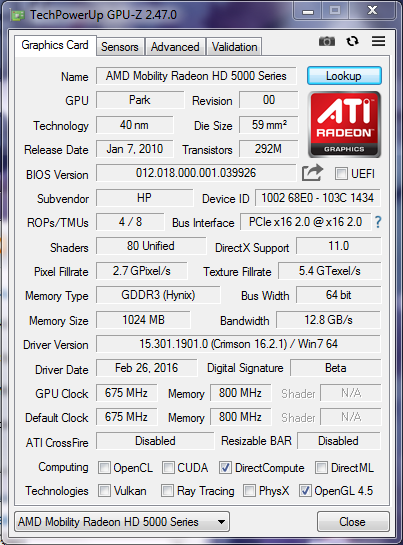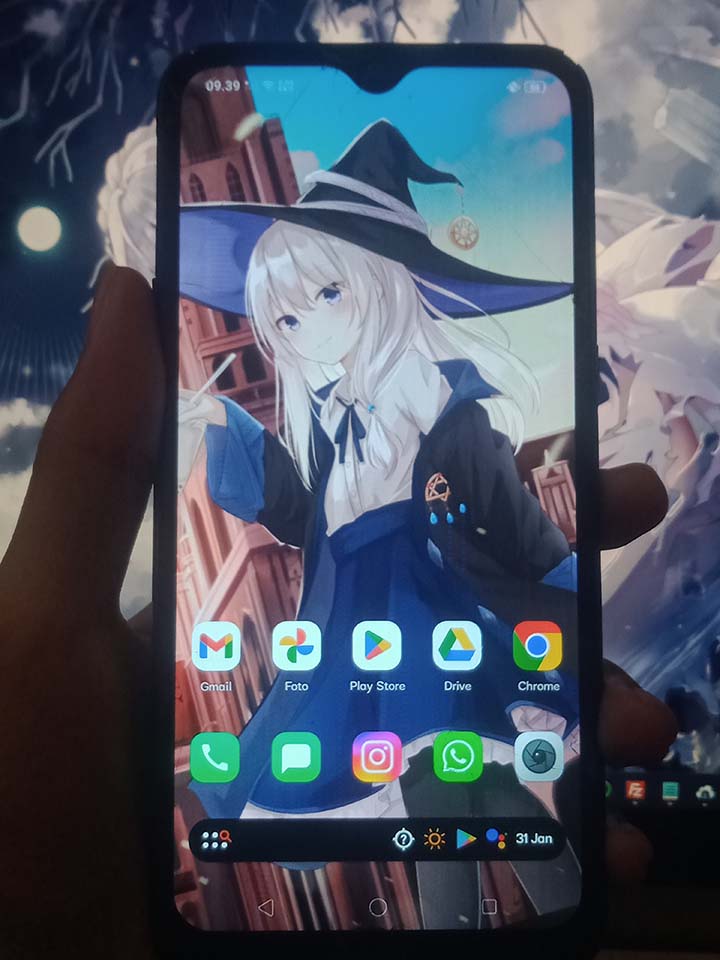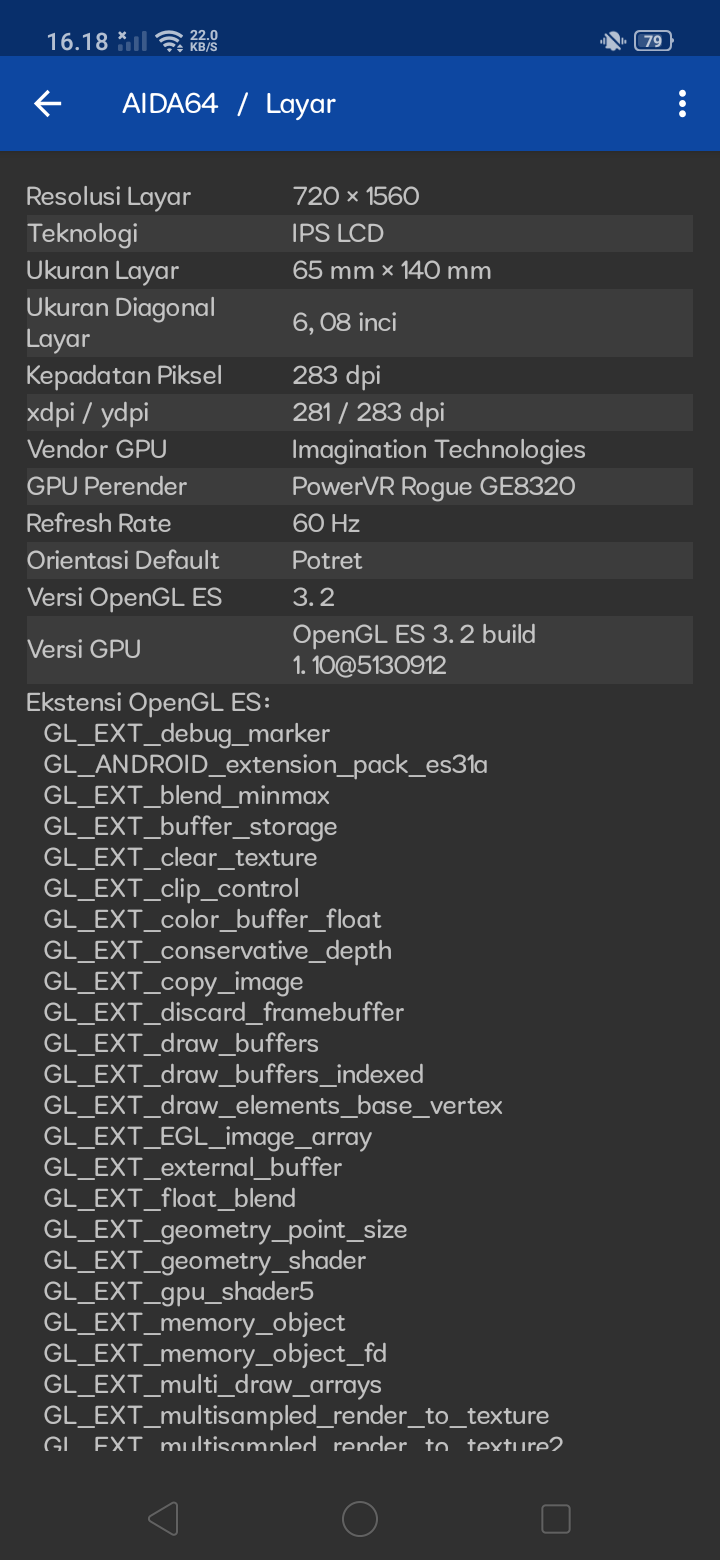Comparing: AMD/ATI Mobility Radeon HD 5450 vs IMG PowerVR Rogue GE8320 650MHz
In this comparison, we analyze two Videocards: AMD/ATI Mobility Radeon HD 5450 and IMG PowerVR Rogue GE8320 650MHz, using synthetic benchmark tests to evaluate their overall performance. This side-by-side comparison helps users understand which hardware delivers better value, speed, and efficiency based on standardized testing. Whether you're building a new system or upgrading an existing one, this benchmark-driven evaluation offers valuable insights to guide your decision.
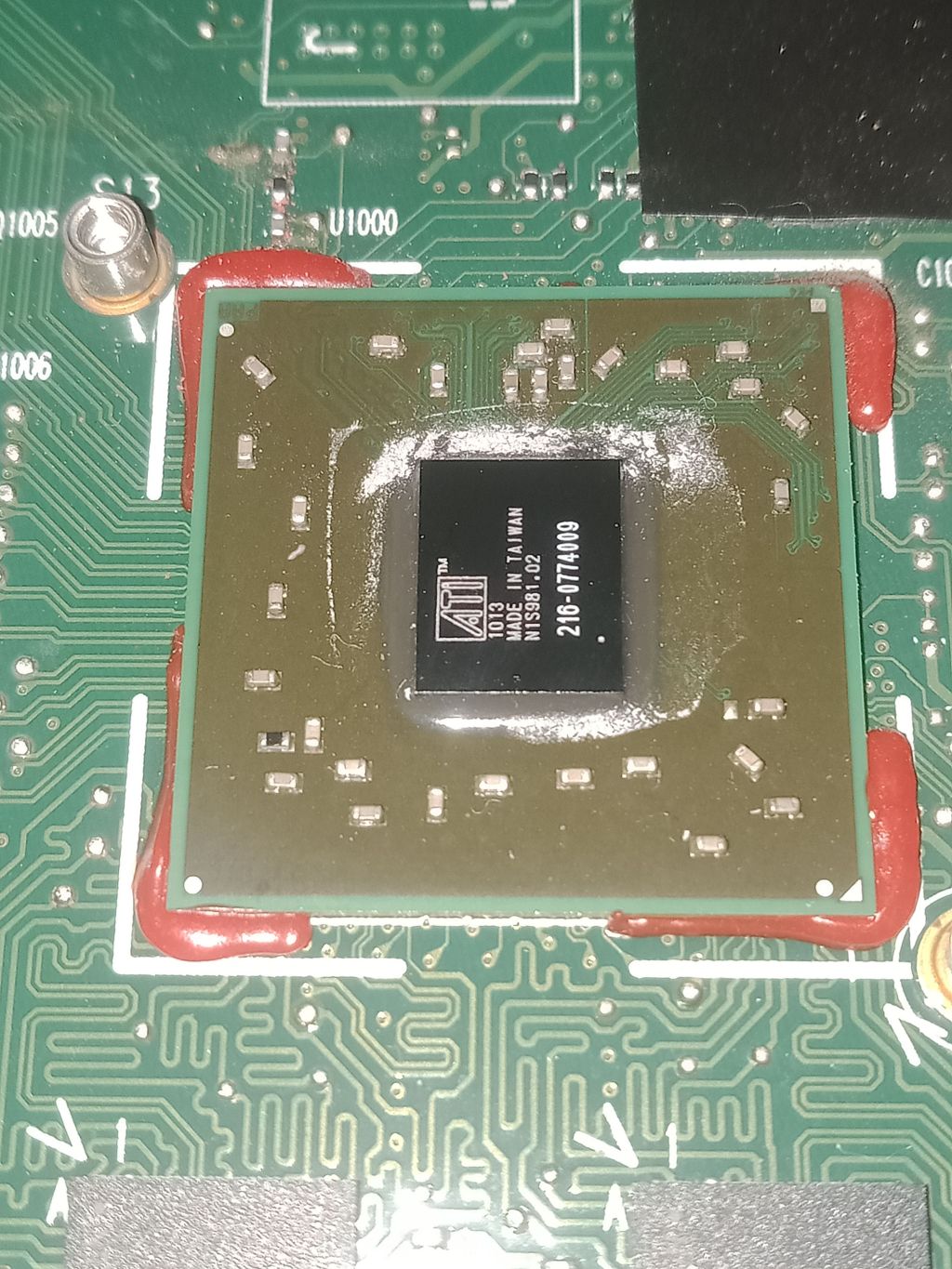
AMD/ATI Mobility Radeon HD 5450
| Type: | Videocards |
|---|---|
| Brand: | ATI/AMD |
| Model: | Mobility Radeon HD 5450 |
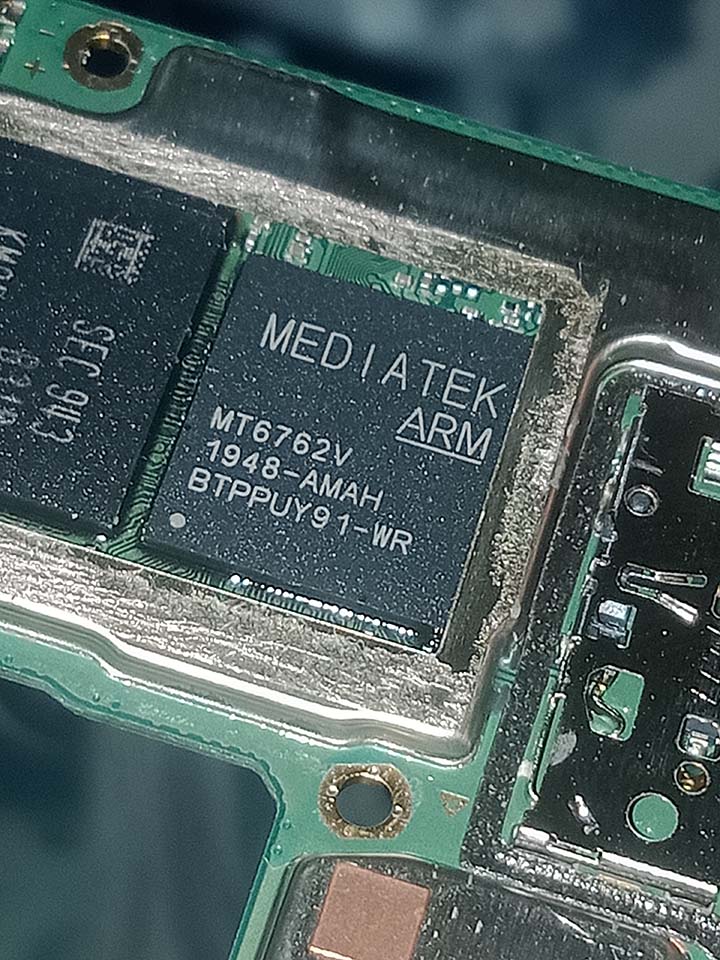
IMG PowerVR Rogue GE8320 650MHz
| Type: | Videocards |
|---|---|
| Brand: | Imagination |
| Model: | PowerVR GE8320 650MHz |
Specification Comparison Table
This specification comparison presents technical details of several devices or components to help you understand the key differences between each option. Use this table as a reference to determine which device best suits your needs.
| Specification | AMD/ATI Mobility Radeon HD 5450 | IMG PowerVR Rogue GE8320 650MHz |
|---|---|---|
| Architecture | Terascale 2 | PowerVR Series8XE |
| Codename | Park Pro | - |
| Buswidth | 64 bit | - |
| Clock | 675 MHz - - | 400 MHz - 680 MHz |
| Memory Clock | 1GB GDDR3 | - |
| Technology | 40 nm | 20 nm |
| Interface | PCIe x16 2.0 | IGP |
| Technology | 40 nm | 20 nm |
| Segment | Laptop | Mobile |
Submission Comparison Table
This submission comparison table displays the number and details of benchmark data submissions from various devices or components. This information helps you understand the performance based on the benchmarks that have been tested, as well as providing an overview of the consistency and popularity of the available benchmark results.
| No. | Benchmark Software | AMD/ATI Mobility Radeon HD 5450 | IMG PowerVR Rogue GE8320 650MHz |
|---|---|---|---|
| 1 | 3DMark - Ice Storm Extreme |
15735 marks |
8210 marks |
| 2 | 3DMark - Ice Storm Unlimited |
23419 marks |
11621 marks |
| 3 | Geekbench4 - Compute |
2974 points |
2969 points |
Submission Comparison Chart
This chart visualizes the benchmark scores comparison between two hardware devices based on submitted data.
Media Gallery
A collection of photos of tested hardware. These images can help you identify the physical form, model, and variant of the hardware in question. These photos are from our own documentation, and if they are not available we may not be able to document them.
About Hardware AMD/ATI Mobility Radeon HD 5450
The ATI Mobility Radeon HD 5450 is a mobile graphics card released in 2010, designed for entry-level laptops that require basic GPU acceleration. Based on Terascale 2 architecture, the HD 5450 features 80 stream processors (shaders) and is typically paired with 512MB to 1GB of DDR3 or GDDR3 VRAM, depending on the laptop configuration. It operates at a core clock speed of up to 675 MHz, providing just enough power for light multimedia tasks and low-end 3D workloads.
This GPU supports modern graphics standards of its time, including DirectX 11, OpenGL 4.2, and UVD (Unified Video Decoder), which enhances video playback efficiency and allows smooth playback of HD content such as Blu-ray and 1080p videos. Thanks to UVD, the GPU offloads video decoding tasks from the CPU, resulting in better overall performance in multimedia-centric usage. However, the narrow memory bus and limited shader count make the HD 5450 unsuitable for modern gaming or professional graphics workloads.
When it comes to gaming, the Mobility Radeon HD 5450 can only run older or less demanding games like Counter-Strike: Source, GTA San Andreas, or Warcraft III, often at low resolution and minimum settings to maintain playable frame rates. Newer 3D titles or even moderately intensive games will struggle on this GPU, especially under Windows 10 where driver support is minimal and outdated.
Despite its aging specs, the ATI Mobility Radeon HD 5450 still finds relevance in older laptops like the HP Pavilion dv3-4054TX, especially for users who prioritize basic productivity, web browsing, office work, and media playback. While it lacks the horsepower of modern integrated GPUs, it was a step forward at the time for delivering discrete graphics capabilities in compact notebook designs.
If you're restoring or maintaining an older Windows 7 or Windows 8 system for legacy software or retro computing needs, the Mobility Radeon HD 5450 can still deliver reliable performance within its limitations.
Hardware Detail:
Device: HP Pavilion dv3-4054TX
RAM: 4GB DDR3
OS: Windows 10, Windows 8, Windows 7
Tuesday, 19 July 2022 19:48:49 | Update: 1 month ago
About Hardware IMG PowerVR Rogue GE8320 650MHz
The PowerVR GE8320 (650MHz) is an integrated GPU designed specifically for entry- to mid-range mobile devices. It offers efficient and power-saving graphics performance, making it an ideal choice for smartphones that focus on daily use, such as interface navigation, video playback, and light gaming. With a clock speed of up to 650MHz, the PowerVR GE8320 is capable of delivering a fairly smooth graphical display across a wide range of applications, especially at HD+ (720p) screen resolutions commonly used in entry-level devices.
Built on the PowerVR Rogue architecture, this GPU supports various modern graphics APIs such as OpenGL ES, Vulkan, and OpenCL, ensuring compatibility with many of today's Android apps, including casual games and multimedia apps. Although not intended for heavy gaming or graphics-intensive applications, the PowerVR GE8320 is still capable of running a variety of popular games with low to medium graphics settings, such as Mobile Legends, Subway Surfers, or Free Fire, with fairly stable performance.
The test was conducted using a Realme C2 device, powered by a MediaTek MT6762V SoC (Helio P22) and combined with 2GB of RAM and 32GB of eMMC 5.1 internal storage, running Android 9 with ColorOS 6 interface. With this configuration, the Realme C2 provides an accurate picture of the PowerVR GE8320's graphics capabilities in real-world conditions.
In terms of benchmarks, the PowerVR GE8320 recorded quite competitive scores in its class. On Geekbench 4 Compute, the GPU scored 2,969 points, showing sufficient graphics computing performance for light multitasking and basic visual processing. In AnTuTu Benchmark v9 (Mobile) - GPU, the score achieved was 12,663 points, while the AnTuTu v10 (Mobile) - GPU version showed improvement with a score of 13,935 points, reflecting better driver efficiency and system optimization in the latest version.
Overall, the PowerVR GE8320 is a power-efficient GPU aimed at affordable mobile devices, with adequate performance for everyday activities. For users who do not require high graphics performance but want a smooth usage experience, this GPU is an economical and reliable solution. It is suitable for students, first-time smartphone users, or users who are more focused on battery life, system efficiency, and modern app compatibility.
Device Test (Testbed):
Device: Realme C2
Device Specs: MediaTek MT6762V, 2GB RAM, 32GB eMMC 5.1, Android 9, ColorOS 6
Thursday, 15 February 2024 10:58:49 | Update: 1 month ago


